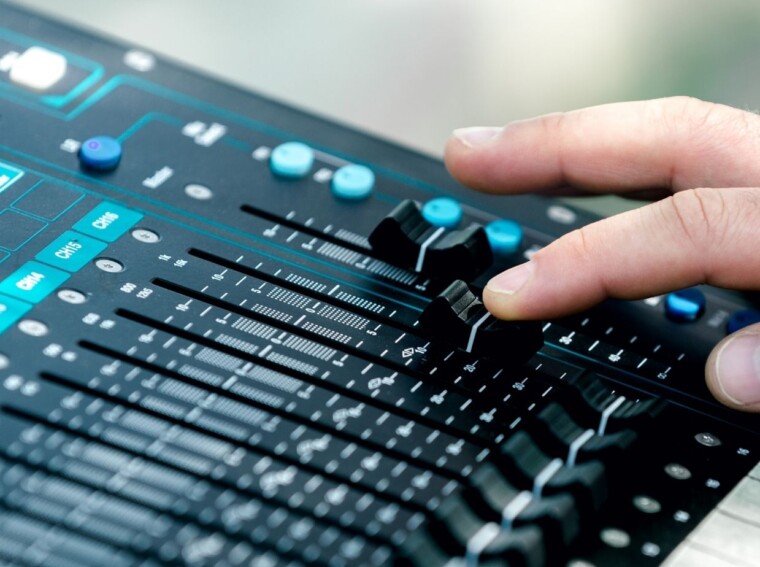How Does Poe Use a Sound Device in the Excerpt?
I’ve always admired Edgar Allan Poe’s writing. There’s something about the way he uses sound devices in his work that truly brings each scene to life, immersing the reader wholly into his world of mystery and horror. The purpose of sound devices in an excerpt often goes beyond simply creating a pleasing rhythm or rhyme. They can also serve to evoke specific feelings, establish a particular mood, or even underscore thematic elements within a text.
When I look at how Poe uses a sound device in an excerpt from one of his stories, it becomes clear that he was a master at using these literary tools to their fullest potential. Whether it’s alliteration painting vivid images in our minds or onomatopoeia amplifying suspenseful moments, every sound device serves a significant role.
Let me introduce you to the labyrinthine world of Edgar Allan Poe’s prose where the methodical utilization of sound devices is not just incidental but strategic. To understand this better, we’ll delve deeper into dissecting examples from some of his renowned works. Here’s hoping this exploration leaves us with more appreciation for Poe’s artistry and perhaps inspires us to experiment with sound devices in our own writing endeavors.
Understanding Sound Devices
Diving into the realm of literary elements, I find it fascinating how sound devices are often overlooked. They’re like the unsung heroes of literature, bringing depth and texture to narratives without being overtly noticeable. Simply put, sound devices are techniques used by writers to give their work a certain aesthetic quality – they’re all about appealing to our sense of hearing.
When we think about Edgar Allan Poe’s work, it’s hard not to notice his exceptional use of sound devices. He masterfully manipulates language in such a way that the sounds he creates contribute significantly to the overall mood and tone of his stories.
So what’s this got to do with an excerpt? Well, when you dissect a piece from Poe – or any writer for that matter – you’ll likely stumble upon some form of sound device at play. It could be alliteration where words beginning with the same consonant are placed close together or perhaps onomatopoeia which imitates actual sounds like ‘buzz’ or ‘crash’. There might even be some assonance thrown in there too – repeated vowel sounds in quick succession within a sentence or phrase.
It’s important not just to identify these elements but also understand their purpose. Why does Poe choose specific sound devices in his excerpts? What effect is he trying to achieve? Remember, these aren’t arbitrary decisions; every sound device has its own role and contributes towards creating an atmosphere, developing characters, evoking emotions and so much more.
In essence, understanding sound devices allows us to appreciate literature on a whole new level. We become more aware of how each word is chosen meticulously for its sonic effect – making us active readers who get fully immersed into the narrative world crafted by authors such as Poe.
So next time you’re reading an excerpt from one of your favorite writers’, keep an ear out for those subtle (and sometimes not-so-subtle) sound devices! It’s a fun and insightful exercise that’ll surely enhance your literary experience.

Poe’s Mastery of Sound Devices
It’s hard to deny that Edgar Allan Poe was a virtuoso when it came to using sound devices in his writing. His stories and poems are filled with examples, showcasing his unique ability to use this technique for creating suspense, setting mood, and enhancing imagery. Let’s explore how he used these tools in his work.
One of the defining characteristics of Poe’s works is his frequent use of onomatopoeia. This sound device involves using words that imitate the sounds they describe. For instance, consider the phrase “the beating heart” often repeated in “The Tell-Tale Heart.” The repetition isn’t just for emphasis—it also mimics the relentless pounding sound one might hear when gripped by fear or guilt.
Poe also cleverly employed alliteration—the repetition of consonant sounds at the beginning of words—to produce a musical effect or highlight specific sections within his texts. An example can be found in “The Raven,” where phrases like “Doubting, dreaming dreams no mortal ever dared to dream before” not only draw attention due to their repetitive ‘d’ sound but also create an eerie rhythm that contributes to the poem’s overall mood.
In addition to onomatopoeia and alliteration, another noteworthy feature is Poe’s use of assonance—the repetition of vowel sounds—which helps add harmony and fluidity to his prose and poetry. In “Annabel Lee,” we see assonance working beautifully with lines like “And so, all the night-tide, I lie down by the side Of my darling—my darling—my life and my bride.”
While these are just a few instances demonstrating Poe’s mastery over sound devices, their strategic placement throughout his works has resulted in some unforgettable pieces of literature. They serve as testament not only to Poe’s skill but also underscore how crucial understanding and utilizing sound devices can be for any writer aiming for a strong emotional impact on their readers.

